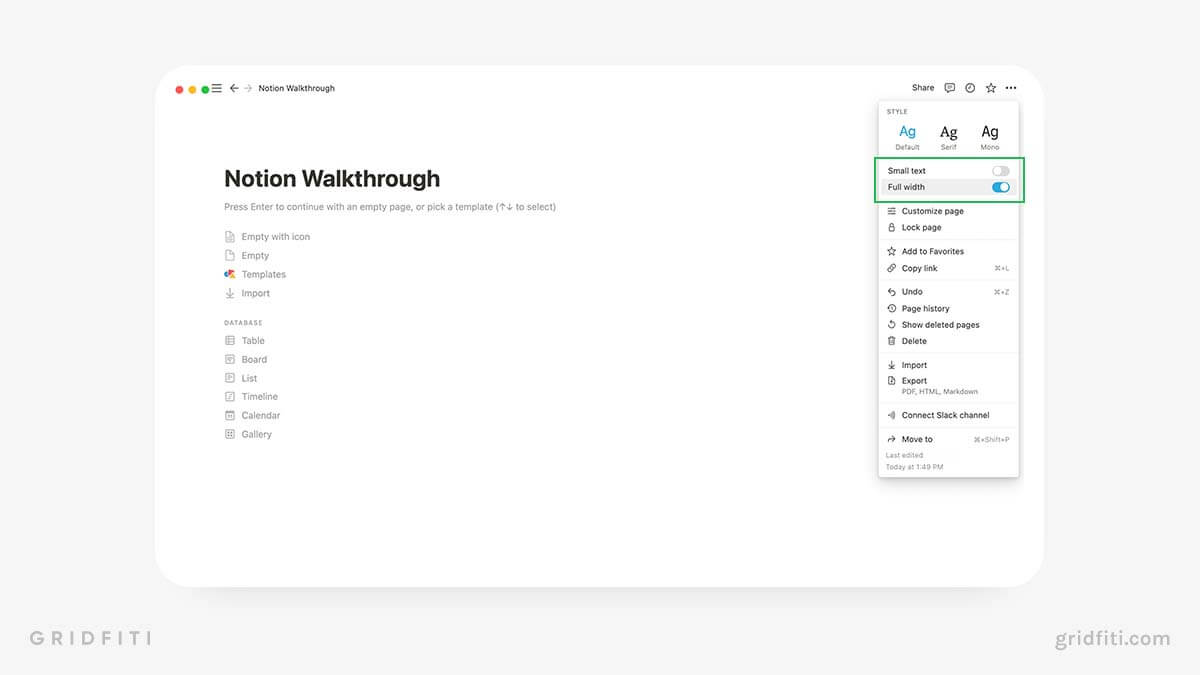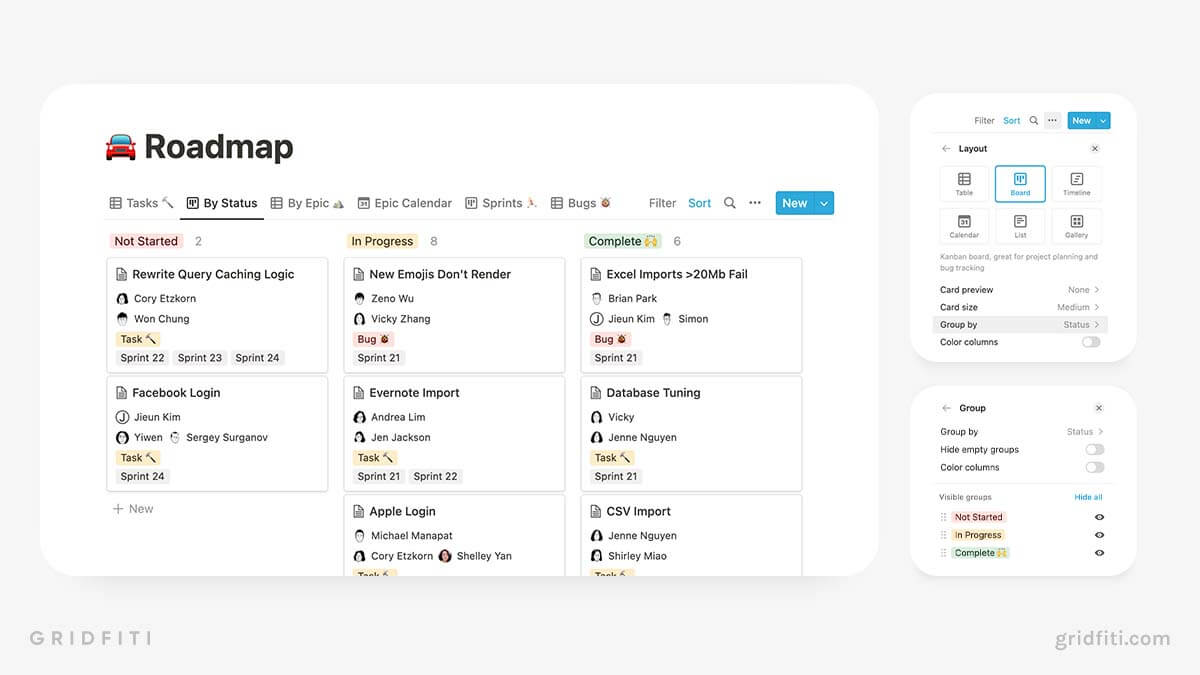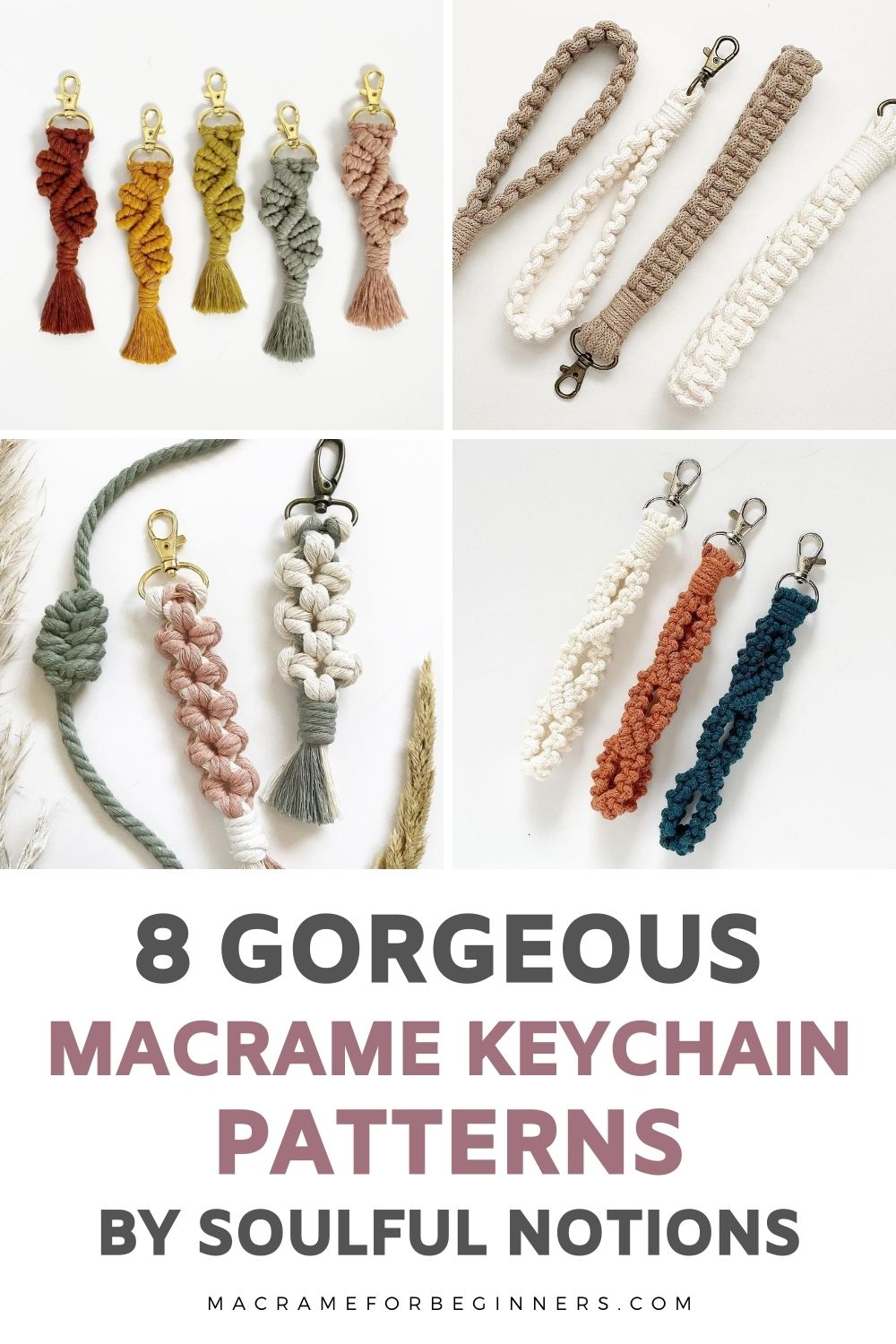

- NOTION TUTORIAL FOR BEGINNERS INSTALL
- NOTION TUTORIAL FOR BEGINNERS UPDATE
- NOTION TUTORIAL FOR BEGINNERS UPGRADE
- NOTION TUTORIAL FOR BEGINNERS CODE
Let's head to the next section, where we'll create the Notion 2.0 authorization flow for users.ģ. As you might guess - this is a table we'll populate with tweets later as a use case example. Let's create a table with 2 columns, handle and tweet:Ĭhoose text as the type for the column tweet. This step is to create a new database that we'll authorize our public integration to access. Let's move on to create a new database to share with our integration later on. Remember that you'll only be able to reveal the OAuth client secret once, so make sure to save it somewhere for the next step. Make sure to save the OAuth client ID, OAuth client secret, and Authorization URL for the next steps. When you've filled out all the fields, click on Submit: All these fields are required because you're about to create a public integration available to all Notion users.

Used to link to your integration’s website or homepage in your integration page and authentication screens.įurther, fill out a tagline and go ahead and add the links to a privacy policy, terms of use, and finally, a support email.
NOTION TUTORIAL FOR BEGINNERS CODE
But for your production app, you'll need to provide a redirect URL where you can extract the authorization code from your users.Ĭontinue with adding your Company name and your Website or homepage - this website/homepage will be used in your integration page as stated by Notion: It must also be included in the token request.įor learning, this tutorial will copy the authorization code right from the browser URL. It can’t contain URL fragments, relative paths or wildcards, and can’t be a public IP address. The path will be appended with the authorization code for access and must have a protocol. In the Notion OAuth flow, users will be redirected to this path after they have authenticated with Notion. Let's go ahead and add all the required data, starting with Redirect URIs. This will add a new section, OAuth Domain & URIs, which requires you to provide more data about your public integration. Once you have saved the integration, scroll down to Integration type and click on Public integration: Lastly, click Submit to create the integration: Then choose the capabilities that the integration will have.
NOTION TUTORIAL FOR BEGINNERS UPGRADE
We'll upgrade the integration to use OAuth later.
NOTION TUTORIAL FOR BEGINNERS INSTALL
Give your integration a name and select the workspace where you want to install this integration. Start creating an integration by logging into your Notion account, going to, and clicking on the + New integration button. Let's start with creating a public Notion integration. Create Notion Auth 2.0 authorization flow 4. With this walk-through, you'll be able to authenticate users, get their access token, and add data to the database they've shared with your public Notion integration. If you're struggling with creating public Notion integrations and getting access to other users' Notion databases, this tutorial is for you.
NOTION TUTORIAL FOR BEGINNERS UPDATE

💻 Notion allows users to add various types of properties to their database, including text, numbers, multi-select, and files and media, making it a versatile tool for collaboration.💻 Notion allows for easy customization of columns and blocks, making it a versatile tool for organizing information.💡 Notion allows for easy block type conversion, making it simple to switch between different formats for better organization and productivity.💡 Notion allows for quick and easy addition of new blocks by typing in a forward slash and the block type, making it a convenient tool for organizing information.💡 Notion offers a wide range of block options, including media and embedded content, making it a versatile tool for organizing information.💻 Notion's ability to customize page layouts and icons can make it a powerful tool for organizing information.💻 Notion can be used for more than just note-taking, it can also be used to manage projects and even run an entire business.Key insights Notion's Versatility for Information Organization


 0 kommentar(er)
0 kommentar(er)
